Japanese Tit (resident bird)
The tit looks quite dapper as it seems to be wearing a black necktie. In spring and summer, the male tit constantly repeats its song of “tupii” or “Tutupi.“
activities
Canon's global headquarters is located in the Shimomaruko area of Ohta ward in Tokyo. The site includes a green zone, which we call “Shimomaruko Forest,” that serves as a model site for the Canon Bird Branch Project where we carry out various activities aimed at conserving biodiversity, including birds and other living things.
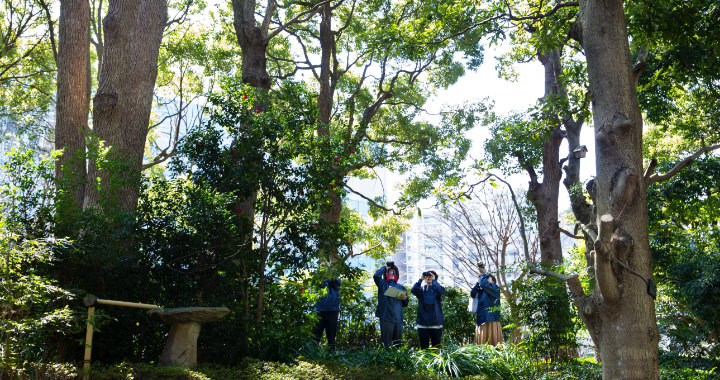
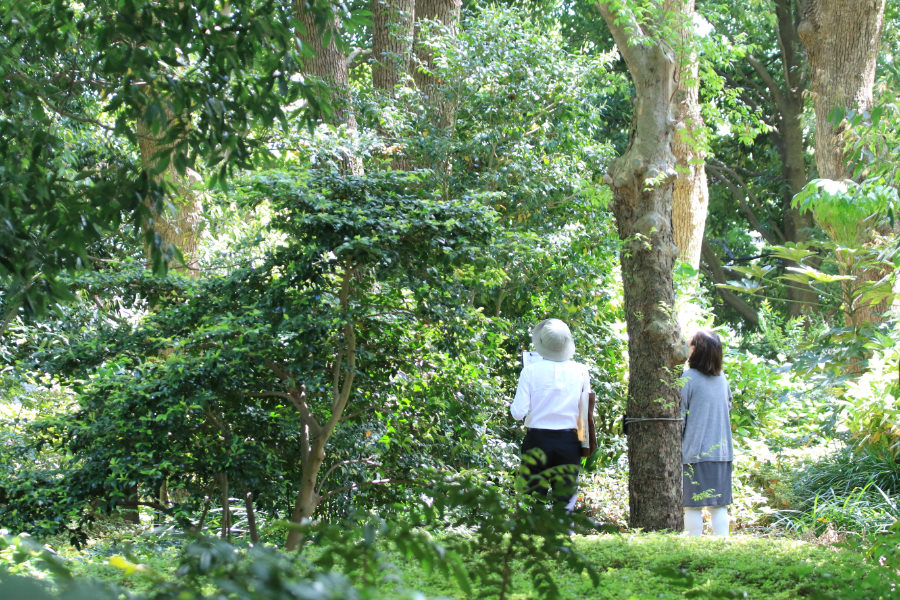
Canon Global Headquarters is located in the Shimomaruko area of Tokyo's Ohta ward.
Ohta ward is on the southern edge of Tokyo's 23 wards and is the city's largest ward. Shimomaruko is located in the southwest region of Ohta ward. The Tama River flows along the west and south sides, while residential housing and small factories fill the area surrounding the site.
Within the headquarters site we have a wide area of green space where a variety of trees and plants grow; we call it the Shimomaruko Forest. Serving as a model site for the Bird Branch Project, we conduct surveys to study the migratory patterns of birds and promote environmental improvements to bird habitat.

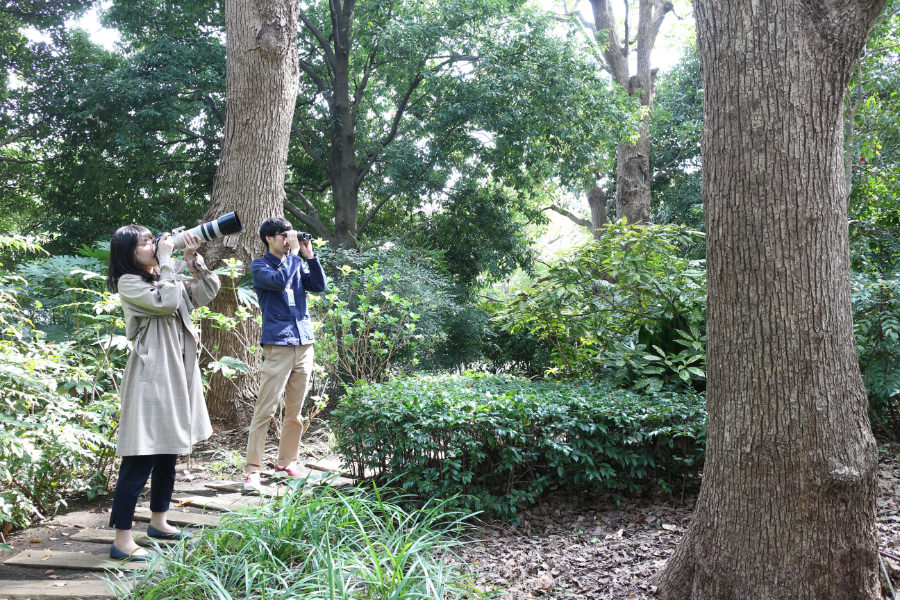
Since the launch of the Bird Branch Project we have conducted a monthly spot census of birds in the Shimomaruko Forest.
Under the supervision of the Wild Bird Society of Japan, we record the name of birds, the number of appearance, the place we found birds, the type of sex, and the type of bird's voice like call or songs. Since the census is taken regularly at the same time of day on the same route, we have come to know the seasonal and year-to-year changes of bird's appearance. Until now, we have found 36 species of bird in the forest.

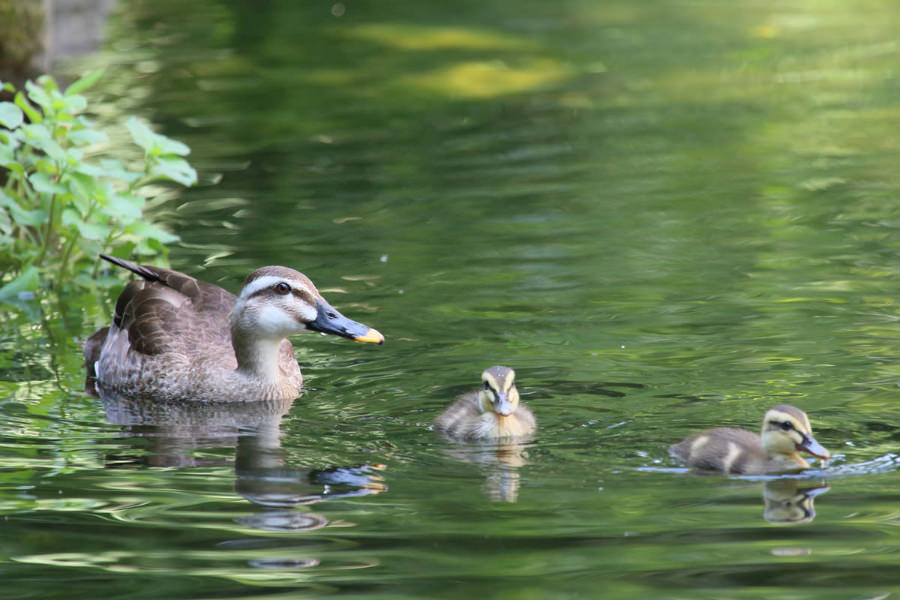
Every year as spring turns to summer a variety of birds come to the Shimomaruko Forest to breed.
The Eastern Spot-billed Duck, which customarily builds its nest in the grassland near the edge of water, comes to the Shimomaruko site to raise its young at the pond in the site. Cute little ducklings swimming around with their parents is a lovely common feature in the season enjoyed each year by employees who visit the pond during their break time.

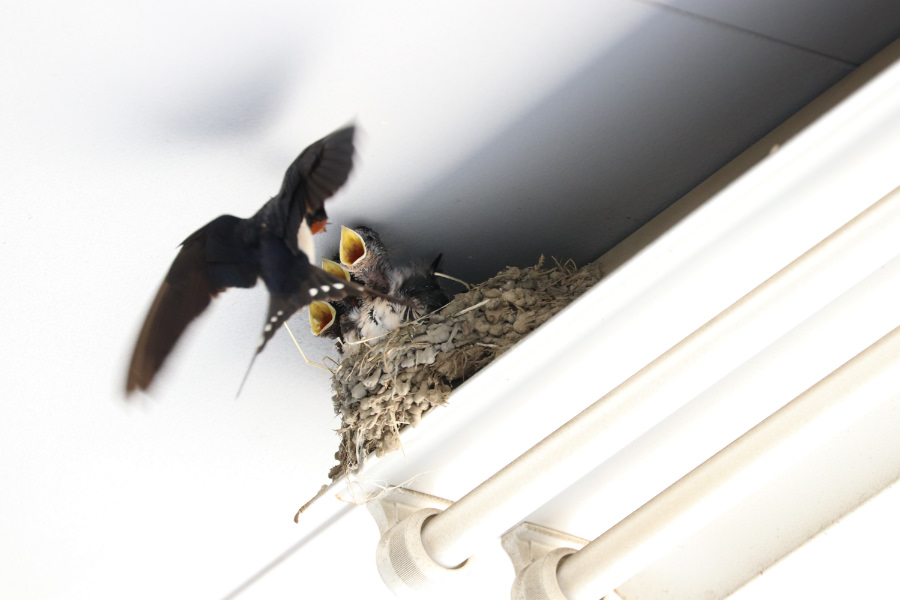
The arrival of spring brings the Barn Swallow back to the Shimomaruko forest from the south. To keep predators such as crows and snakes from approaching, swallows build a nest in spots near human activity. At the site, swallows build its nests on the lump shade under the eaves each year. Its nests are often removed by human in general, because people dislike the messiness of bird droppings all around. But we are warmly watching the healthy growth of hatchings by protecting nests and cleaning nesting areas of droppings.

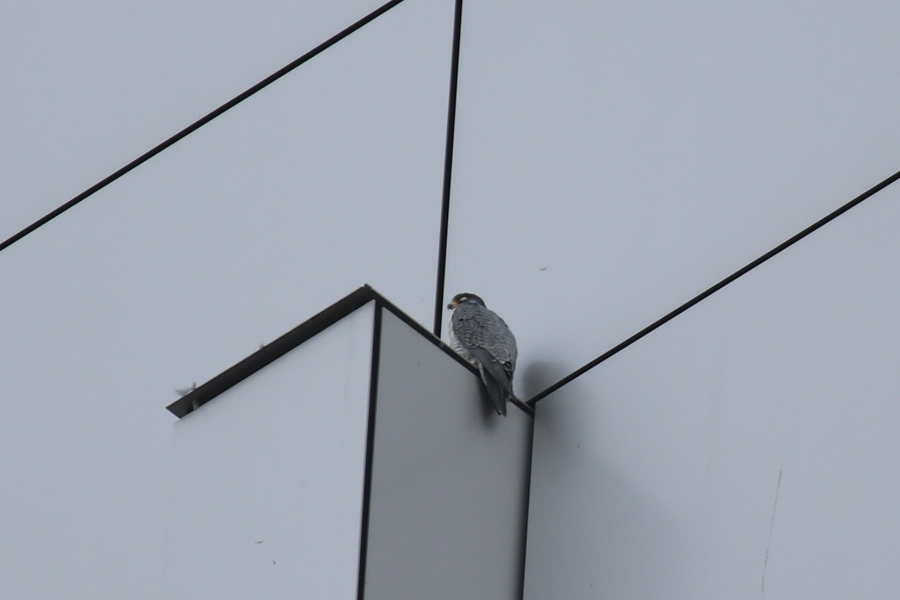
Raptors such as the Peregrine Falcon have also been observed at the Shimomaruko Forest. Although the Peregrine Falcon is listed as an endangered species in the red data book Tokyo issued by Tokyo Metropolitan Government, one can occasionally be spotted hunting for birds and other small animals on the grounds. Raptors occupy the top of the local ecosystem pyramid and their visits to our site demonstrate that we have been able to maintain the biodiversity around this site.

*In order to view videos, it is necessary to consent to the use of cookies by our website. If the videos are not displayed, please click the "Cookie Settings" and accept cookies.
Aiming to create a convenient environment for birds at the urban area, we installed bird baths and nest boxes within the site.
A bird bath is a basin-shaped bathtub for birds. Birds use them to wash their feathers and remove insects. We have installed two bird baths within the Shimomaruko Forest, and now a variety of birds, including Japanese Bush Warblers, Japanese White-eyes, Japanese Tits, and Brown-eared Bulbuls, can frequently be seen preening themselves at the baths.
*In order to view videos, it is necessary to consent to the use of cookies by our website. If the videos are not displayed, please click the "Cookie Settings" and accept cookies.

It is said that there are now fewer big trees or old growth trees at urban areas. We installed nest boxes around the Shimomaruko site for the sake of birds that build their nest in the hollows of such trees. We have seen Japanese Tits making use of the boxes each year to raise their chicks.

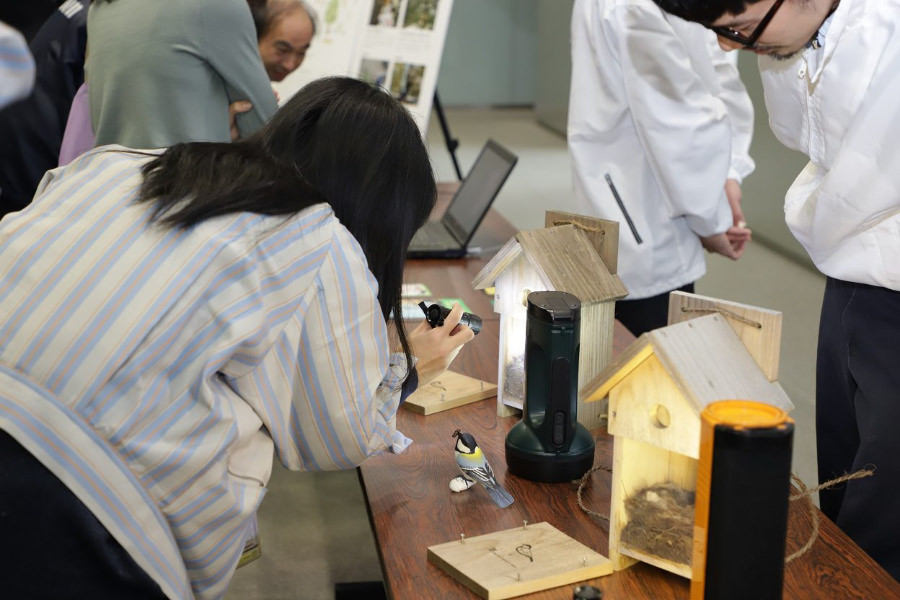
Japanese Tit put their love into the construction of their nest using such materials as moss, feathers, and small twigs. Thinking it would be an opportunity for employees to become more familiar with birds, every year we hold an exhibition of the nest boxes for Japanese Tits that we installed at the Shimomaruko Forest. It was for a short period, during the lunch break, but many employees showed interest in the exhibition, and turned out to be a good opportunity for them to think about birds and biodiversity.
* Generally a nest box is used for their breeding from spring to summer every year. It wouldn't be used from fall to winter. Moreover, once birds used a nest box, they never use it for next year. Therefore staff members of Bird Branch project clean up the inside of nest box and re-install it again.

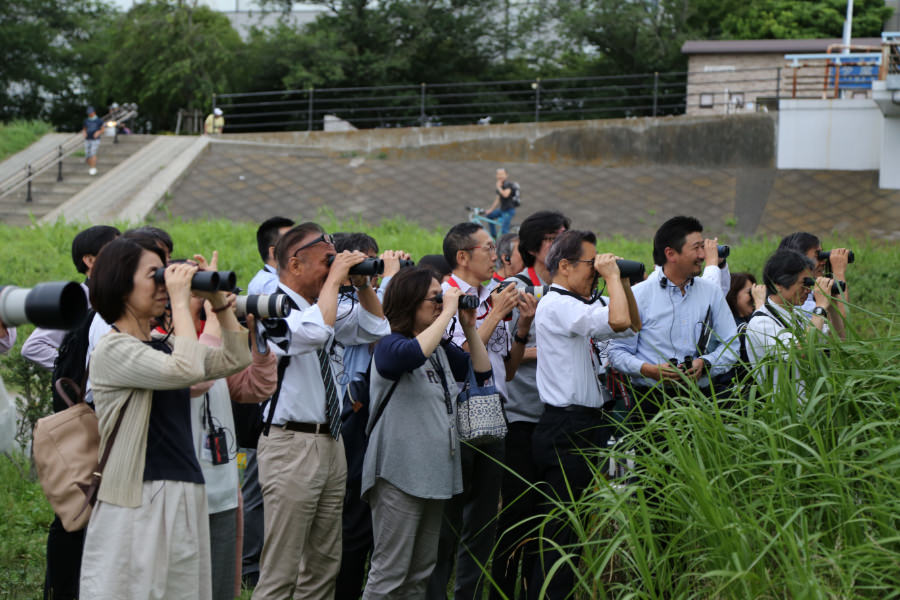
We plan events specifically for employees to learn about biodiversity through various means, including the observation of birds in their habitat and their interaction with humans. At one such bird watching event, participants listened to the commentary of an instructor while walking through the Shimomaruko Forest and along the Tama River looking for common birds.
We often hear comments from participants after each event that these activities increased their interest in birds and other living things.


Our Visual Design team is managing the visual identity of whole Bird Branch Project activities. By using universal design in our promotional materials, including logos and color schemes, as well as websites and posters, we can share our vision irrespective of language and culture.
Through the Bird Branch Project we would like to communicate to people around the world the importance of biodiversity with the power of design.

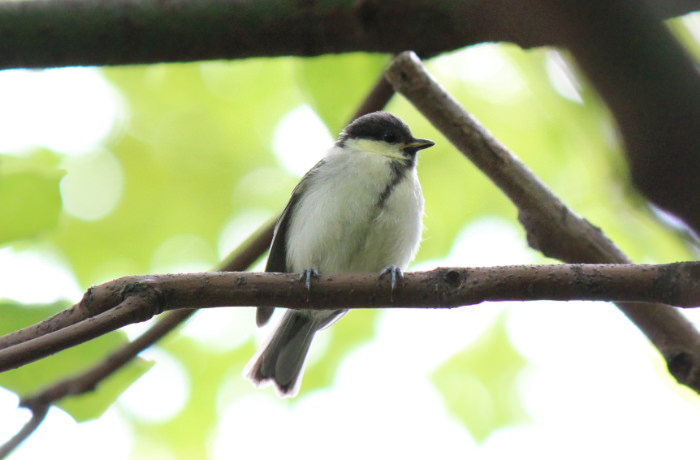
The tit looks quite dapper as it seems to be wearing a black necktie. In spring and summer, the male tit constantly repeats its song of “tupii” or “Tutupi.“
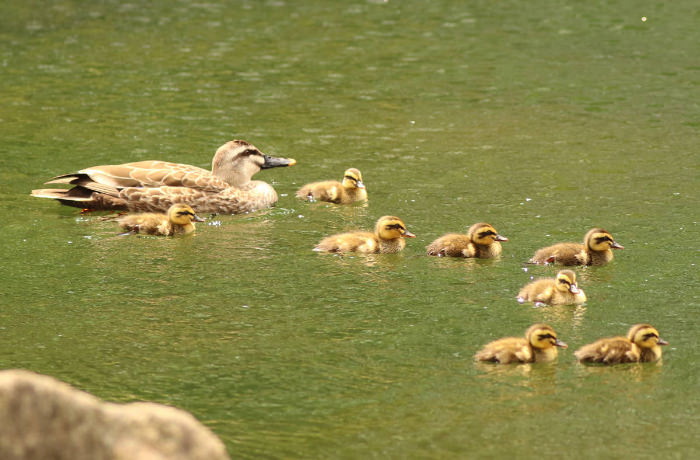
A frequent visitor to the Shimomaruko headquarters, it can be seen year-around in Japan in waterside settings. It makes its nest and breed in meadows, and while it is similar in appearance to other female ducks, it is large in size.
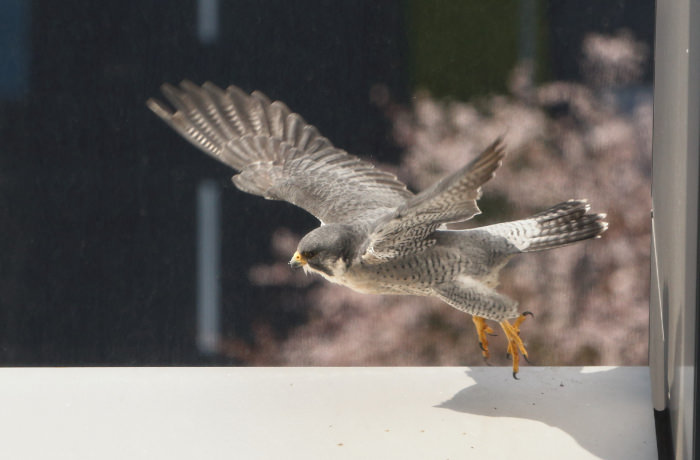
Although raptors live in picturesque cliffs, they can also be seen near the roof of building. When one finds food, it hunts by nose diving. The birds are registered as a “vulnerable species” in Japan.
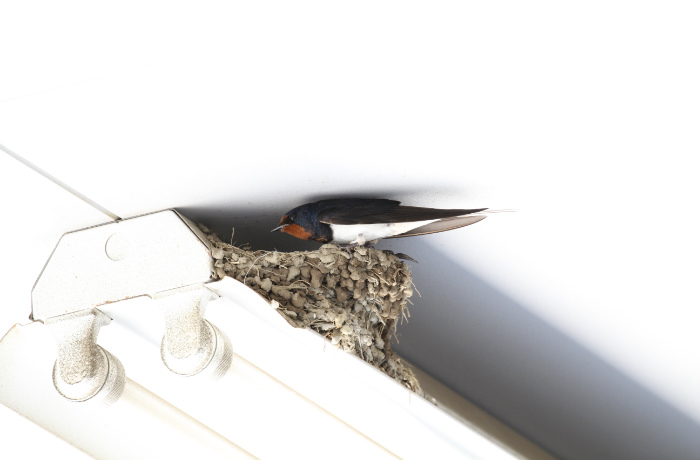
This is one of the migratory birds that comes to Japan from Southeast Asia and nests round March within our site, staying until sometime in September. They have long been a part of the nature of Satoyama, in the mountains near the village, and are a symbol of the coexistence of humans with nature.
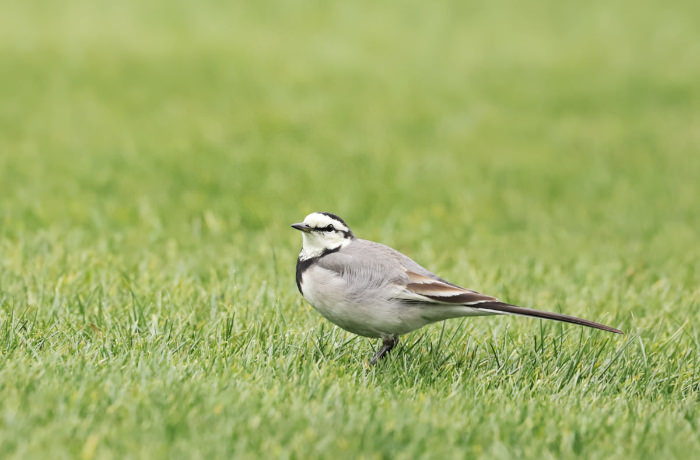
This bird can be found in such wide-open areas such as lawns or streets. Notable for their white cheeks, clear voice and distinctive walk, in which the tail swings up and down, they are quite endearing to behold. We often seen their chicks at our site.
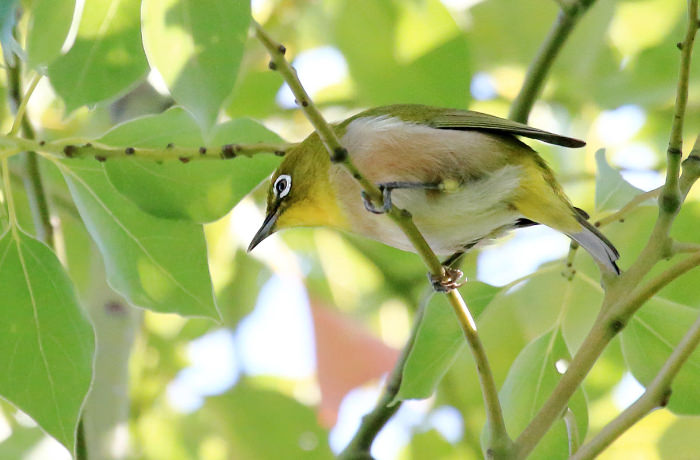
A distinguishing feature of this bird is its white eye ring, which contrasts well its yellow and green body. They are very fond of the syrup from camellia flowers. At our Shimomaruko site, we found one of its old nests.
It is sometimes confused with the Japanese Bush Warbler, which sings “hookekyo.”
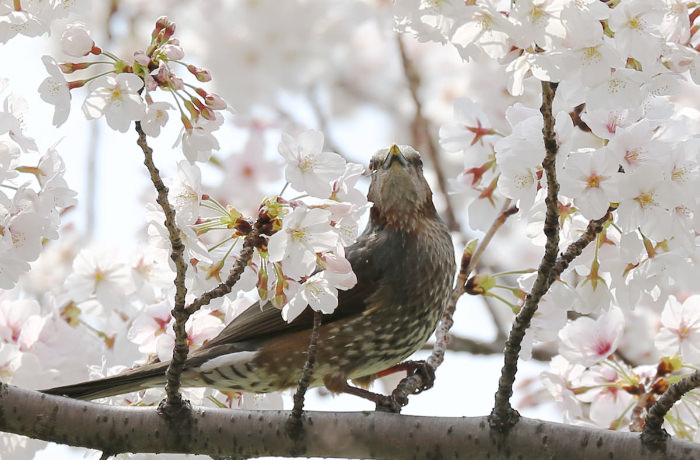
Bulbuls will use their longish beak to feed on insects and nuts but are also fond flower syrup. They play together and enjoy singing. They will sometimes visit our operating site in large numbers and occupy the bird baths.
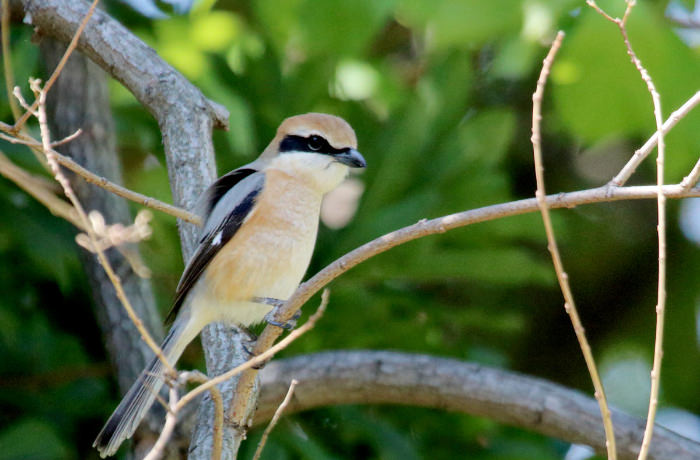
Shrikes breed in slightly open spaces, such as the edges of forests, croplands, and riverways, and will swoosh their longish tails around. They live among hills and mountains in the spring and summer, and in the hills and lowland during the fall and winter.
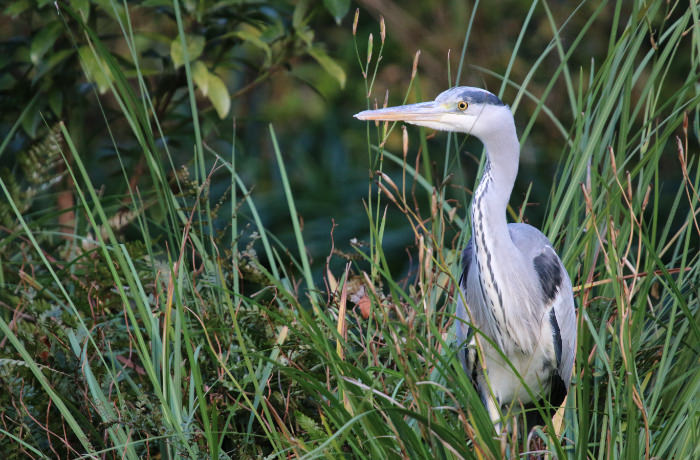
One of the most popular birds among large crane species, it can be found not only in wetlands but also in grass-land areas looking for prey such as fish, frogs and field mice.
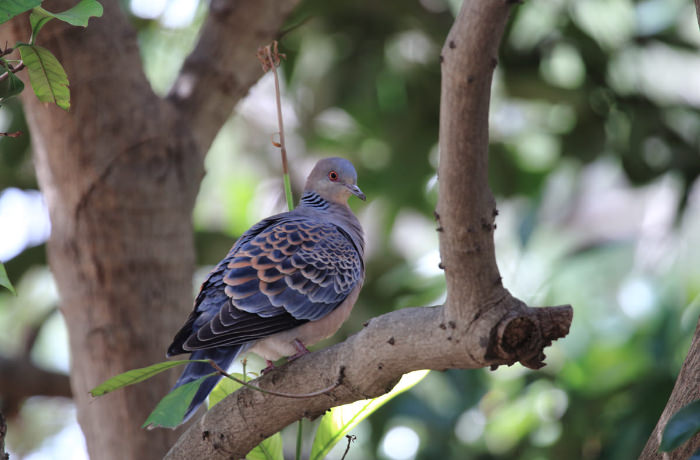
One of the most familiar wild birds, the brown scale pattern on its back is a distinctive feature. They are often seen in pairs.
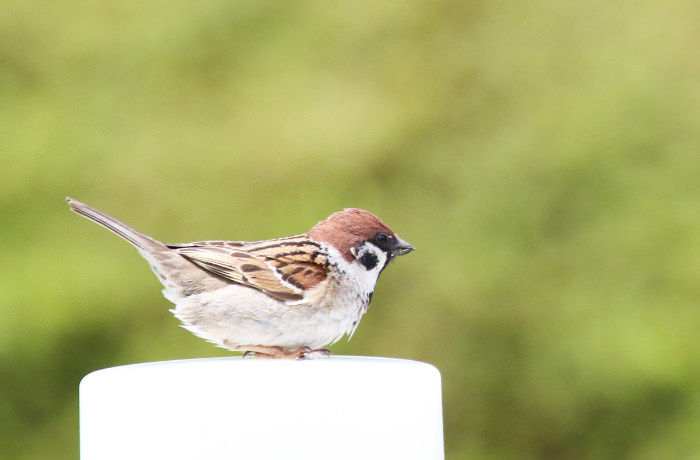
One of the most common wild birds. The black spot on their cheeks provides a helpful reference to distinguish them from juveniles and other similar small birds.
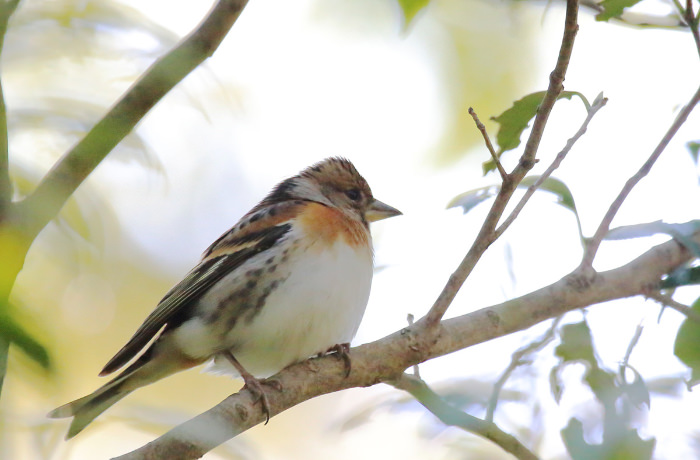
The orange coloring on its shoulders and breast is a distinctive feature, as is its white belly and rump patch, which stand out in flight.
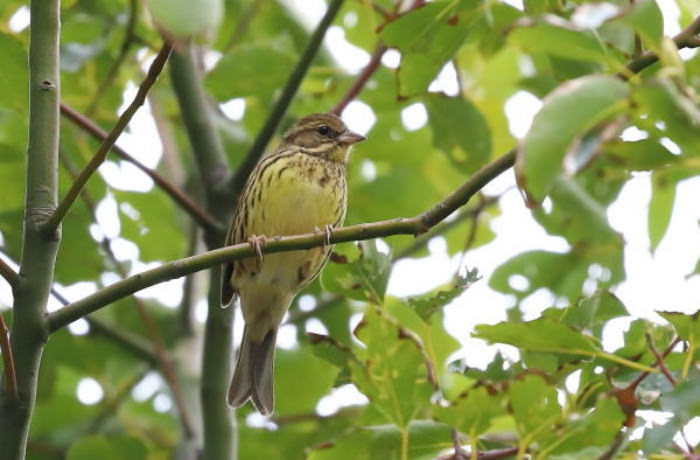
Its underparts are yellowish white with some fine dark brown flank streaks, and its call is a sharp “Tzii.”

As its name suggests, this bird has a beautiful azure-colored long tail. It is a member of Corvidae family.
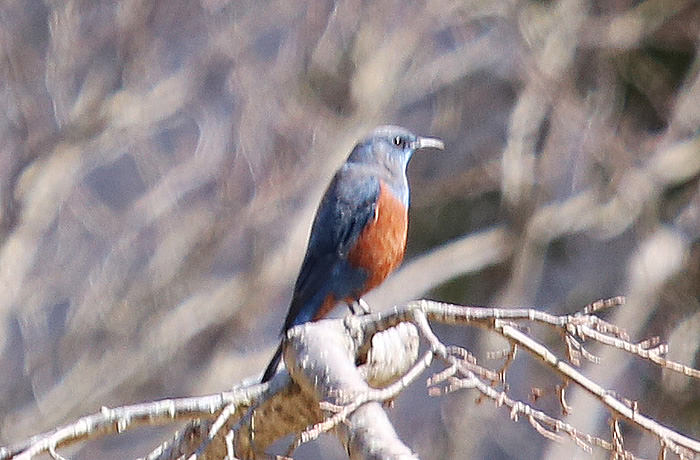
This bird lives mainly in coastal beaches and banks, but recently it has been found in inland areas as well. Its body size is almost same as a White-cheeked Starling.
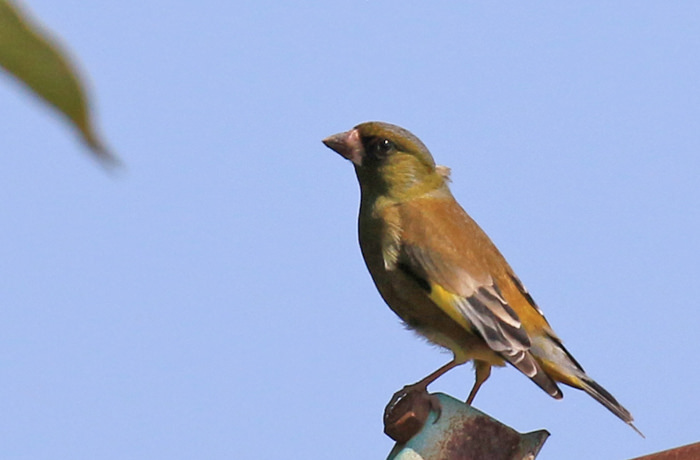
Can be found in forests, grasslands, croplands, and along waterways. It mostly eats seeds with its distinctively fat, flesh-colored beak.
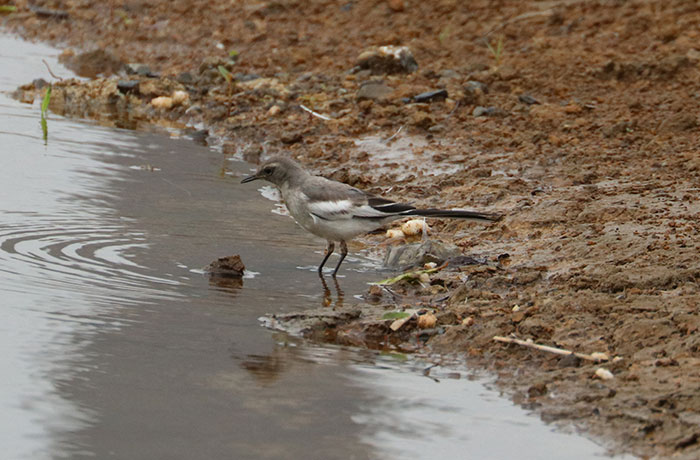
An endemic species to Japan, this bird lives in areas neighboring water features. Unlike the very similar White Wagtail, it has black cheeks and has a guttural voice.
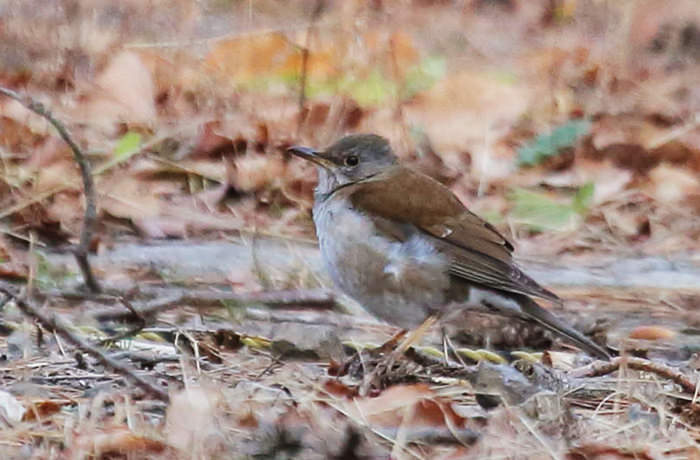
This bird is a winter bird and is similar to the closely related Naumann's Thrush in size, physical form, and behavior. It has a whitish belly. However, the Naumann's Thrush has a spotted pattern on its belly.
resident birds: Birds that don't migrate
summer birds: Birds that migrate to here during summer season
winter birds: Birds that migrate to here during winter season